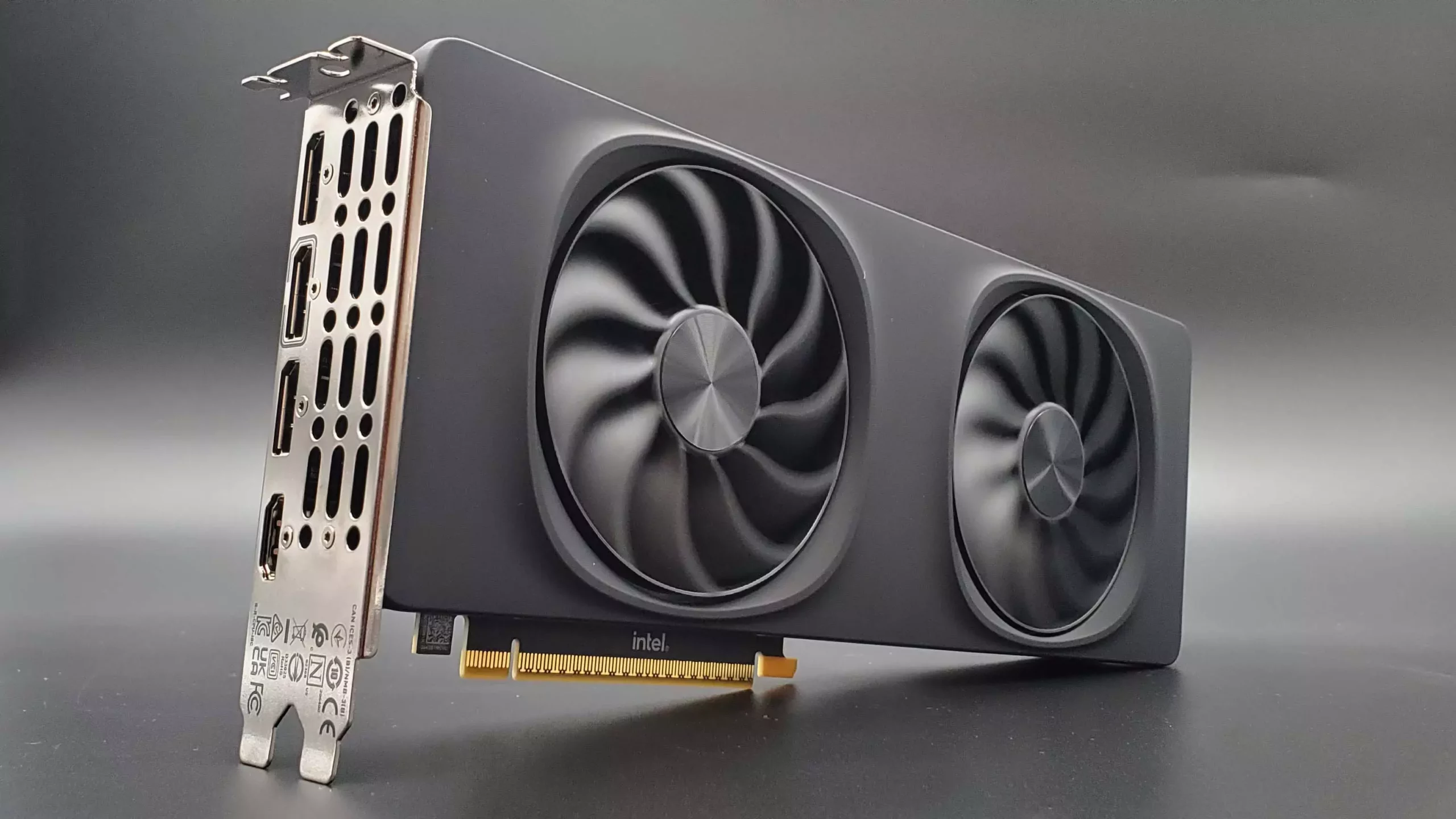In the ever-evolving landscape of gaming graphics technology, the quest for value and performance often resembles a game in itself. As excitement builds around the latest iteration of Intel’s Battlemage graphics cards, the spotlight has pivoted to the rumored G31 variant, which could potentially disrupt the market with its tantalizing promise of a high-performance GPU at a competitive price point. The prospect of achieving RTX 5070 performance for the cost of an RTX 4060 Ti is not merely wishful thinking; it reflects a significant consumer demand for enhanced value in gaming hardware.
Market Landscape and Anticipated Performance
Intel’s endeavors in the graphics card arena have been closely watched, and the buzz surrounding the G31 variant suggests a shift in the company’s strategy to compete more aggressively with established players. The indications that the G31 variant consists of 32 execution units (EUs) compared to the existing B580’s 20 EUs is a clear signal of anticipated performance enhancement. The potential 50% increase in performance is an appealing proposition for gamers and enthusiasts alike, positioning the G31 as a worthy competitor to both the NVIDIA RTX 5070 and AMD RX 9070.
However, while the aspiration for this level of performance at a budget-friendly price certainly captures attention, skepticism remains vital. The recent history of Intel’s graphics initiatives, where consumer anticipation has been dampened by sporadic announcements and cancellations, adds a layer of uncertainty to these rumors. An insightful analysis of the role that Intel intends to play in the GPU marketplace must consider historical context alongside current developments in technology.
R&D Insights: What the Shipping Manifest Reveals
The discovery of the Intel BMG-31 GPU in a shipping manifest might give rise to excitement, but it’s crucial to approach such findings with a discerning eye. The designation of the G31 as an “R&D” item suggests that it could still be in developmental phases rather than prepared for consumer release. This detail alone invites conjecture about whether Intel is genuinely poised to launch a competitive retail product or if the G31 remains a speculative vision that could easily slip through the cracks of corporate decision-making.
Furthermore, the notion that recent reports claimed cancellation of the G31 chip for retail tends to reinforce the skepticism surrounding Intel’s plans. If the G31 does exist, the timing of its release is critical. Recent timelines indicate an intense competitive landscape where NVIDIA and AMD may soon release their own advanced offerings aimed at the $500 price range. Indeed, Intel’s window of opportunity appears increasingly narrow.
The Future of Intel Graphics: Balancing Hope and Reality
While it’s tempting to entertain visions of affordable powerhouse GPUs, a deeper analysis of market trends suggests that a successful launch hinges on factors extending beyond pure performance metrics. Intel’s strategy must encompass not just the technical capabilities of the G31 but also its pricing structure, as well as its marketing and brand positioning in a saturated market. If Intel aims to undercut competitors while delivering similar capabilities, it could reshape consumer expectations.
Moreover, the promising features of Intel’s existing B580—especially its strong ray-tracing performance and XeSS upscaling technology—can, and should, set a precedent for the G31. If Intel leverages these attributes while ensuring affordability, the G31 variant might not only capture the hearts of gamers but potentially redefine standards in performance-per-price-value.
The gaming community’s anticipation is palpable, reflecting a collective hope for innovation, affordability, and better performance. The conversation about the G31 isn’t merely about one GPU; it signals a desire for more options and increased competition, which may ultimately enrich the gaming experience for all. As we dissect this narrative, the underlying themes of consumer aspiration and corporate strategy become clear. Only time will reveal whether Intel can successfully navigate this precarious balancing act in the quest to establish itself as a formidable player in the GPU arena.

